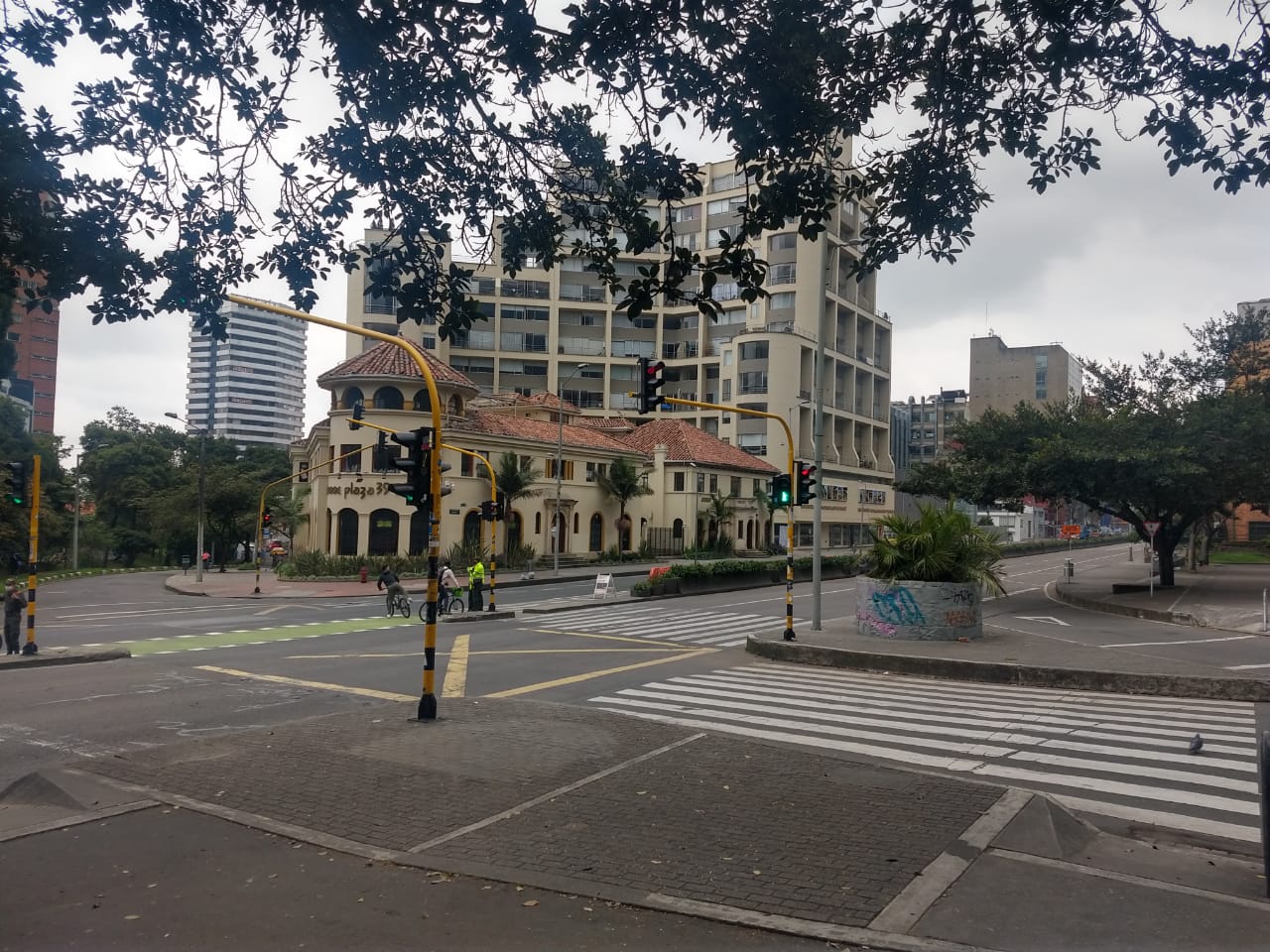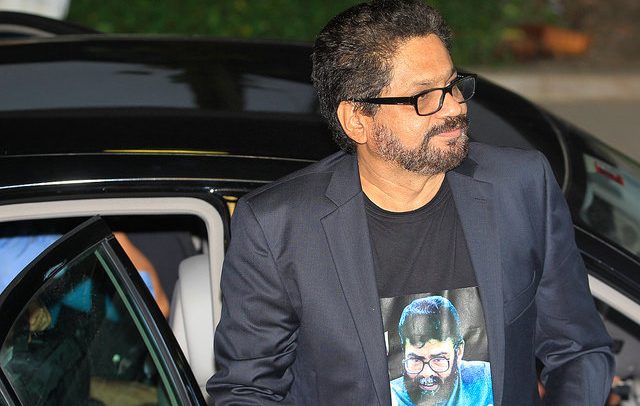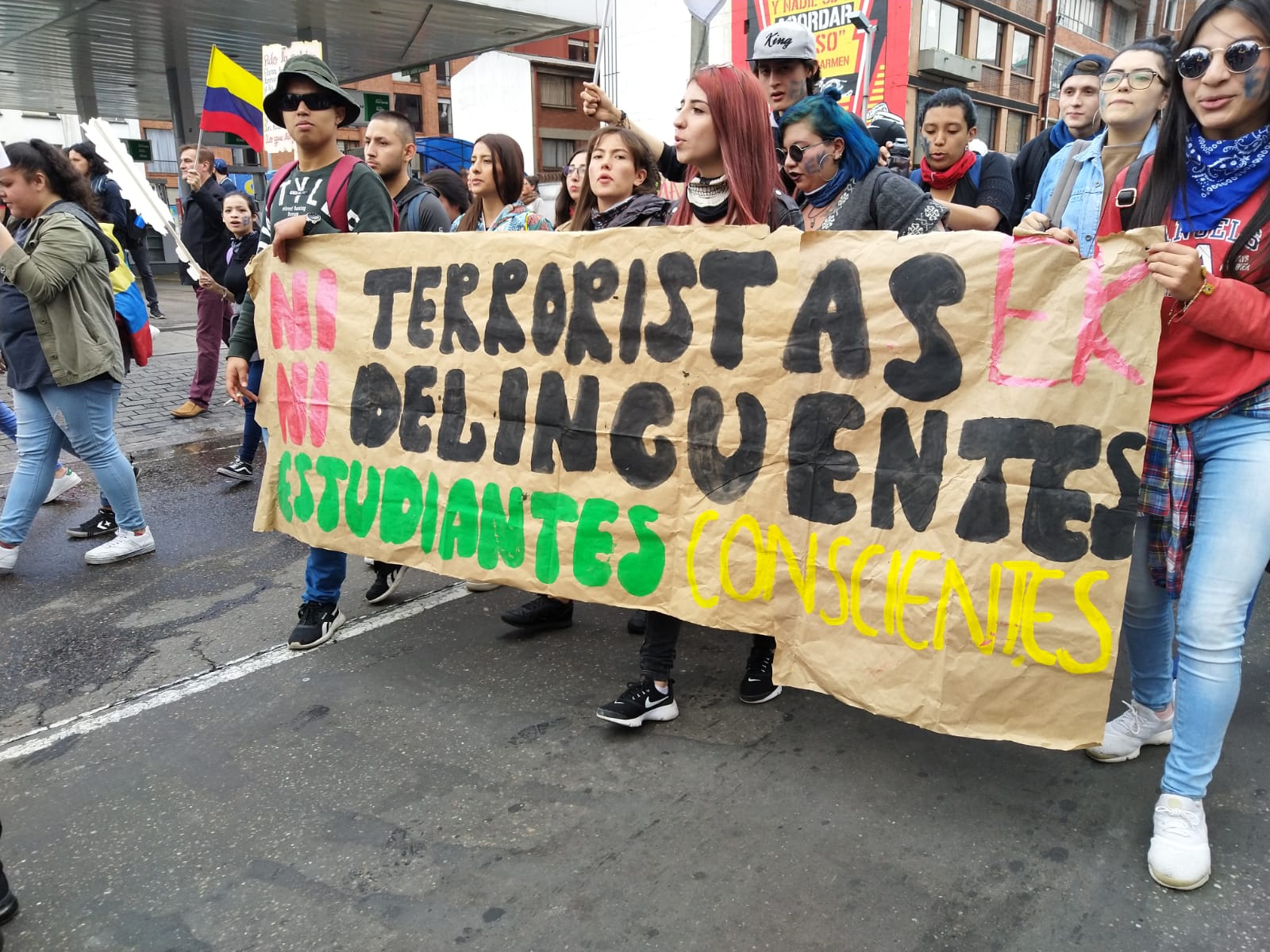How the controversial shooting of 16-year-old graffiti artist Diego Felipe Becerra led to allegations of a police cover-up.

I remember the day about eight years ago that my kid’s teacher told me her 16-year-old relative had been shot dead. By the police. Now the dead youth’s parents were under armed protection because of death threats, she said. From the police.
It took a while for my brain to unravel the unfolding tale of a 16-year-old graffiti artist shot dead by a patrolman under a flyover on Calle 116 and Avenida Boyacá. A bridge that today, eight years later, carries his name: Diego Felipe Becerra Lizarazo, and the statement ‘No + Falsos Positivos’: No more false positives.
Back in August 2011, a cop gunned down Becerra as he fled the underpass, having just sprayed his signature Felix the Cat motif. More police arrived. At some point a gun was planted on the scene. Later the police would coerce a bus driver to claim the young street artist had been part of an armed gang that had boarded and robbed his bus some time before.
So far, so bad. And there the story would have probably ended, another ‘false positive’ among the thousands of Colombian civilians killed over the years then fitted up to look like guerrillas to up the body-count, or armed gangsters to get a trigger-happy cop off the hook.
Sure, Becerra was breaking the law: spray-painting art on a concrete underpass. But not worthy of an extrajudicial execution, which is why such effort was taken to frame him as a gangster.
In the end though this was one false positive that refused to lie down. Becerra’s parents took on the dangerous task of denouncing the police for murder and falsification of the crime scene, starting a David versus Goliath battle between a bereaved family slinging pebbles at a mighty state security force with the cudgels of corrupting self-interest and leverage across the judicial establishment.
But something, somewhere was shifting. At the time of Becerra’s killing, Colombia had woken up to the much wider scandal of the thousands of ‘false positive’ cases whereby soldiers had been killing innocent civilians to get perks, bounty payments, or time off.
A UN report from 2009 had graphically described how thousands of civilian victims – always from poor areas – were lured with false job offers to a remote location, then killed by soldiers, with the scene then “manipulated to make it appear as if the individual was legitimately killed in combat.”
Sure, Becerra was breaking the law: spray-painting art on a concrete underpass. But not worthy of an extrajudicial execution, which is why such effort was taken to frame him as a gangster.
“The victim is commonly photographed wearing a guerrilla uniform and holding a gun or grenade. The killers are rewarded for the results they have achieved in the fight against the guerrillas,” the report went on.
After that, the cogs of Colombian justice had slowly started turning to bring senior military officers complicit in the civilian murders to trial, while at the same time the nexus of criminal gangs, politicians and judiciary also in on the act was being exposed. But now Bogotá, a city which sees itself as above the barbarities of the country’s conflict zones, suddenly had its own home-grown false positive involving the city’s police force.
Soon after the murder, national newspapers reported “confusing deeds” surrounding Becerra’s death, which can certainly be read as: we know something fishy is going on. And sure enough, a week after the killing came the forensic report from Medicina Legal which showed that Becerra had not carried, handled or discharged any weapon prior to his death. This confirmed the family’s conviction that the police had planted the gun. And the bus robbery story was a lie.
In the months following the grafitero’s murder, thousands marched to protest the killing and demand justice, and street artists mobilised to paint their anger across the city. Becerra’s death briefly floodlit Bogotá’s darkest disconnections between its young citizens yearning for a better life and painting their dreams on the walls, and a state orientated towards violent response.
Prosecutors at the Fiscalia, prompted by the protests and an increasingly sceptical media, started legal proceedings against the gunman and other police present, and one of them confessed all.
And perhaps the story could have ended there: a few low-ranking patrolmen colluding to change a crime scene, with some minimal jail time served. But by some accounts, in the dawn after the grafitero died, there were 40 police gathered at the murder scene, including senior officers.
Related: Graffiti culture: street art remembers the missing
This chilling scenario seemed to mirror the ‘false positive’ scandal that mired the military with the lingering question: how high did it go? With the murdered peasants, a pattern had emerged of army chiefs egging on their soldiers to kill innocents, while carefully protecting the upper fiefdom from future prosecution, backed by a culture of intimidation among the ranks: ‘if you talk, you die.’
So who knew about the grafitero? While Becerra’s family and lawyer accepted that fact that his killing was a lone act, they always insisted – and still do – that senior ranks were complicit in planting the gun and the subsequent cover-up.
But did the top brass know? That’s difficult to know and almost impossible to prove. Different versions of the story abound. Police coronels present at the crime scene have always denied their involvement: they arrived after the gun was planted, they said. But a patrolman present told a different story: not only did the top brass know, but a police lawyer had instructed the patrolman to go and fire the planted pistol to ensure it had recent powder residue, all the better to deviate the truth.
The patrolman who turned witness, along with the family pushing for full disclosure and their lawyers, all faced years of intimidation, death threats and, in some cases, attacks on their homes. And it hasn’t ended: late last year the family’s lawyer told news media she was receiving anonymous phone-calls saying: “they will rape and torture me for damaging their reputation.”
One outcome of Becerra’s death was the move by city authorities to decriminalise graffiti – though it remains a civil
Was justice finally done? The only person who can fully say what happened that night was the young policemen who shot Becerra. Patrolman Wilmer Alarcón – himself only 22 years old at the time – was eventually sentenced to 37 years in jail for the grafitero’s murder in 2016. But that never happened. Two days before the sentence was passed, he was unexpectedly released from trial detention. Never to be seen again.





